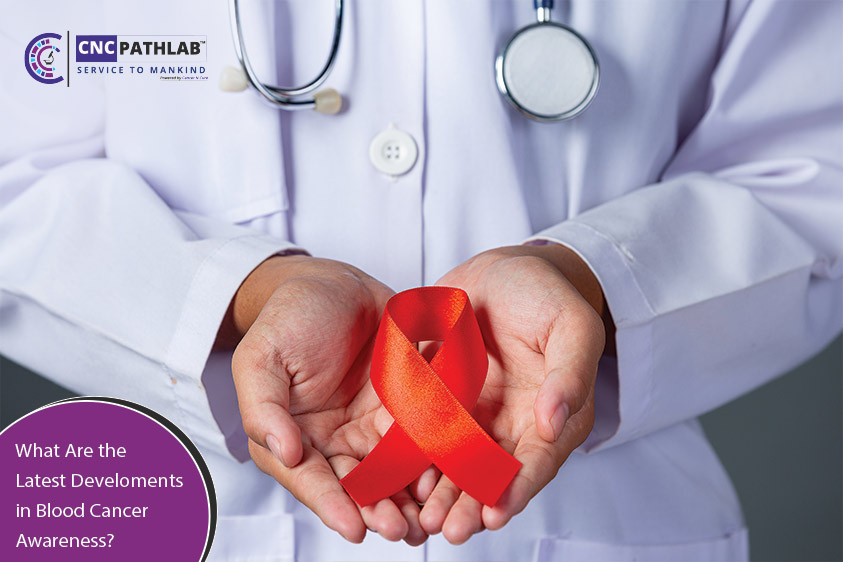The Devastating Impact of Heart Disease on Women
Heart disease is one of the leading causes of death in women across the world, and its prevalence continues to rise. As a patient seeking blood tests in Delhi for diagnostic purposes, it is important to understand the devastating impact that heart disease can have on women. In this informative blog post, we will explore the prevalence of heart disease in women and why it is crucial for them to be aware of their risk factors.
Prevalence of Heart Disease in Women
Heart disease is a leading cause of death in women across the world. It encompasses various conditions related to the heart and blood vessels, with coronary heart disease being the most common form of cardiovascular disease. Women have specific risk factors that contribute to their increased vulnerability towards developing heart diseases such as hormonal changes, pregnancy-related complications, and menopause.
Additionally, symptoms in women may differ from those typically experienced by men, making it more challenging to diagnose early on. Ignoring these warning signs can have deadly consequences. Prevention is key when it comes to mitigating risks associated with heart diseases in women. By adopting healthy lifestyle habits like exercise and avoiding smoking or excessive alcohol intake, you can reduce your chances of developing a preventable condition that could cost you your life.
Risk Factors for Heart Disease in Women
High blood pressure, high cholesterol levels, smoking and exposure to secondhand smoke are all major risk factors for heart disease in women. Heart disease is the leading cause of death among women globally and in India. It is a preventable disease that can be managed by adopting a healthy lifestyle and seeking timely medical attention.
- High Blood Pressure: Women with high blood pressure are three times more likely to develop heart disease than those with normal blood pressure.
- High Cholesterol Levels: Elevated levels of LDL or "bad" cholesterol can lead to the buildup of plaque in arteries, increasing the risk of coronary heart disease.
- Smoking and Exposure to Secondhand Smoke: Tobacco use damages the lining of arteries, making it easier for plaque to build up. Women who smoke are twice as likely as non-smokers to have a heart attack.
Prevention is key when it comes to reducing your risk for cardiovascular disease. By understanding these risk factors, you can take steps towards managing them and improving your overall health.
Symptoms of Heart Disease in Women
Chest pain or discomfort is a common symptom of heart disease in women. However, women may experience this symptom differently than men - for example, the pain may feel more like pressure or tightness rather than sharp and intense. Other symptoms of heart disease in women include shortness of breath, nausea, vomiting, and indigestion.
- Chest Pain/Discomfort
- Shortness of Breath
- Nausea
- Vomiting
- Indigestion
Diagnosis and Treatment of Heart Disease in Women
Electrocardiogram, echocardiogram, and angiography are among the most commonly used diagnostic tools for heart disease in women. An measures the electrical activity of the heart while an Echo uses sound waves to create images of your heart, providing valuable information about its structure and function. Angiography is a type of imaging test that can help diagnose coronary heart disease by looking at blood flow through arteries.
An Echo provides valuable information about the structure and function of the heart, aiding in the diagnosis of heart disease in women.
Early diagnosis and treatment of cardiovascular disease are crucial as it remains the leading cause of death in women worldwide. The deadly impact on women is preventable with timely intervention from healthcare providers who recognize red flags such as high blood pressure, obesity, diabetes, or smoking history so that appropriate testing may be done to identify any underlying issues contributing to risk factors for developing heart disease.
Prevention of Heart Disease in Women
Maintaining a healthy weight and diet, regular physical activity, and quitting smoking are all important steps that women can take to prevent heart disease. Cardiovascular disease is the leading cause of death among women worldwide, with coronary heart disease being the most common type. Fortunately, many cases are preventable through lifestyle changes like maintaining a healthy weight and eating habits.
Regular exercise is another key factor in preventing heart disease. Women should aim for at least 150 minutes of moderate-intensity aerobic activity per week to reduce their risk of developing cardiovascular diseases like stroke or coronary artery disease. Quitting smoking is also crucial as it increases the risk of developing cardiovascular diseases by two to four times compared to non-smokers. By making these simple but effective lifestyle changes today, women can significantly reduce their chances of becoming a victim of this deadly preventable illness.
Read our Top Blogs for Woman Disease.


.jpg)


.jpg)
